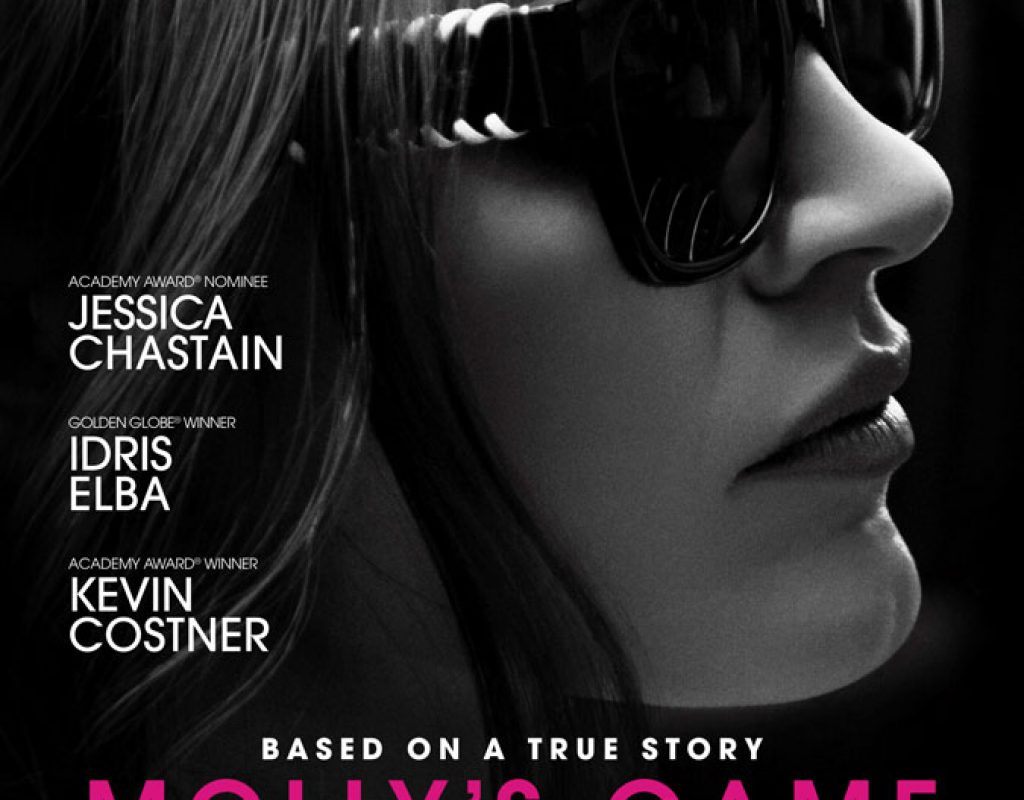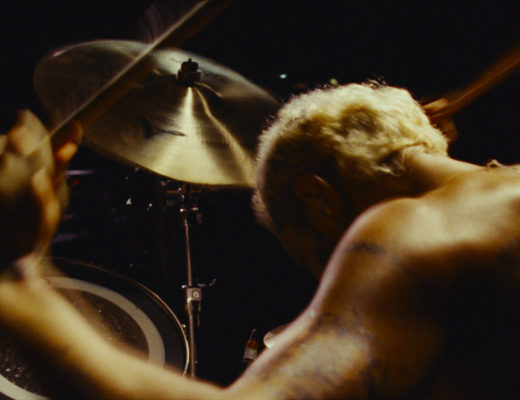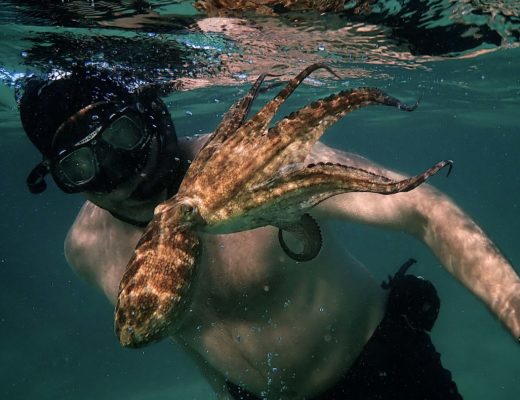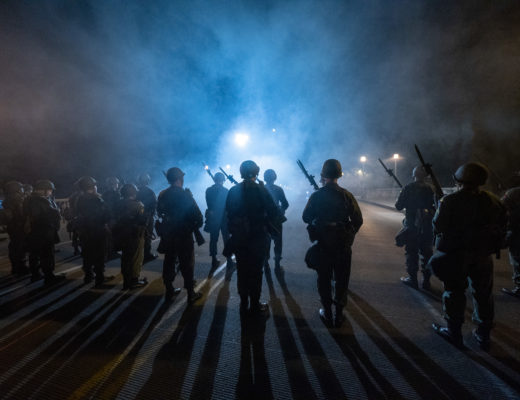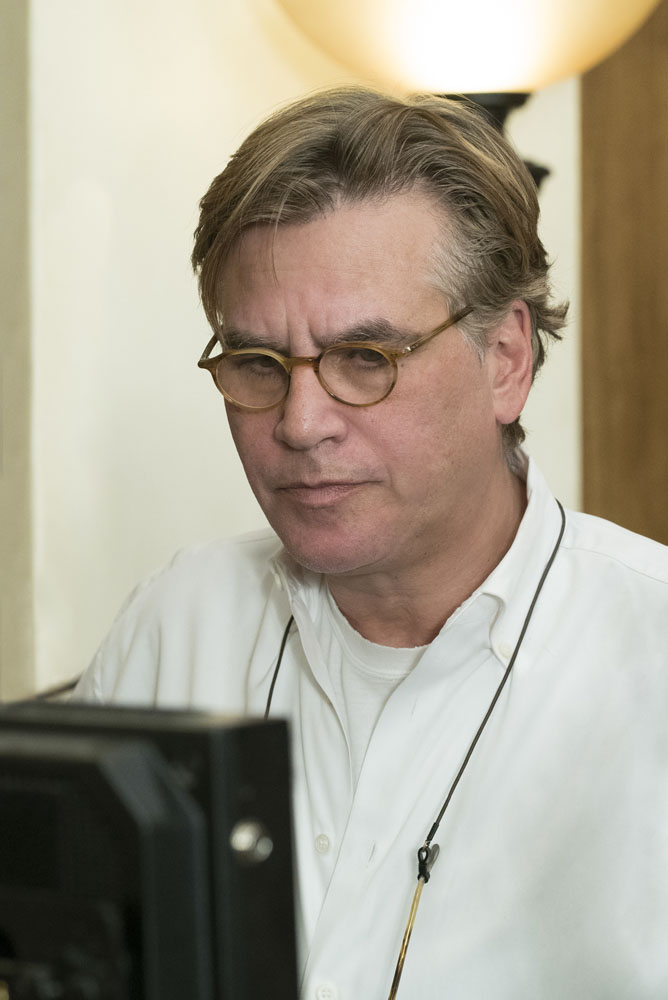
Aaron Sorkin has long been known for great writing and smart TV drama. On Molly’s Game, he steps into the role of writer/director and collaborated on the project with three editors: Elliot Graham, Alan Baumgarten, ACE and Josh Schaeffer. The film was recently nominated for an ACE Eddie Award for Best Edited Feature Film – Dramatic. For this interview, we talked to Baumgarten and Shaeffer. Baumgarten has edited since the early 1990s on TV series starting with Eerie, Indiana and on features: The Lawnmower Man, Meet the Fockers, The Heartbreak Kid, Zombieland, Joy, and American Hustle (for which he won an ACE EDDIE and was nominated for an Oscar). He also won an Emmy for his work on the series, Recount. Schaeffer has edited numerous features and TV series. He was an additional editor on Kong: Skull Island and is editing the upcoming Pacific Rim: Uprising. The other editor, Elliot Graham, had previously edited the film Steve Jobs, which Sorkin had written, and other films, like Milk, Superman Returns and was additional editor on X-Men 2 and Amazing Spider-man 2.
(This interview was transcribed with SpeedScriber. Thanks to Martin Baker at Digital Heaven)
HULLFISH: What was the schedule?
SCHAEFFER: Shooting started in the fall of 2016 in Toronto and production wrapped the first week of February 2017.
BAUMGARTEN: When Aaron got back to Los Angeles after shooting, he started post-production with Elliot Graham, who he knew from Steve Jobs. Elliot had a limited window of availability (he had previously committed to working with Danny Boyle on the FX TV series Trust), so he brought in Josh Schaeffer, who he’d worked with before, to edit with him. They worked together right from the start and then Elliot reached out to me and said, “I’ve started this but I need to hand it off…” Of course, I jumped at the chance and then I worked on the film with Josh until we finished in September 2017.
HULLFISH: So with the chronological structure of the movie: is that something that remained true to the script? Did those time jumps stay the same structurally?
BAUMGARTEN: The structure of the film extends across a few different time frames. There’s present day, and there’s Los Angeles in the past and New York in the past. And then there’s the past beyond that — Molly’s childhood and other things that happened early on in her life. It stayed pretty much exactly as it was written. Aaron structured it in a very clever way – those elements existed in the original script.
HULLFISH: Editing and writing – as so many people have talked about in this series – are so similar. When you’ve got such a strong writer as a director does that change the collaboration?
BAUMGARTEN: Aaron has a great deal of respect for the editing process. As a writer, he understands it and has a kinship for the process even without having had the experience of editing on a film before. He gave us tremendous freedom and always encouraged us to challenge him with ideas.
SCHAEFFER: He had an appreciation for editing and that was obvious. He would let us try things and give us space to discover things and present it to him and he was very open to that and that was very refreshing. I was actually blown away by how open he was. There was an insistence to make sure that the words were right, but he was very open to letting us take some risks and that’s what made the job the biggest joy is that there was a real collaboration in the edit room.
HULLFISH: How did you guys decide what to edit — or who edited what?
SCHAEFFER: I’ve worked before with multiple editors and it really works best to have a little bit of territory that you can cover. You don’t cut a scene and let somebody else cut the next scene. You do a 20 minute run if you can.
BAUMGARTEN: You find a natural breaking point. Obviously, when the film shifted to New York somebody started that section and somebody else finished Los Angeles leading up to that. We had scene cards on the wall with all of the scenes and we would break it down into sections. You look at it and you get a feel. Then things change and it becomes more fluid as the process goes on.
SCHAEFFER: We worked in order. We broke up the whole movie by reels and said, “OK, you do this section and I’ll do this section.”
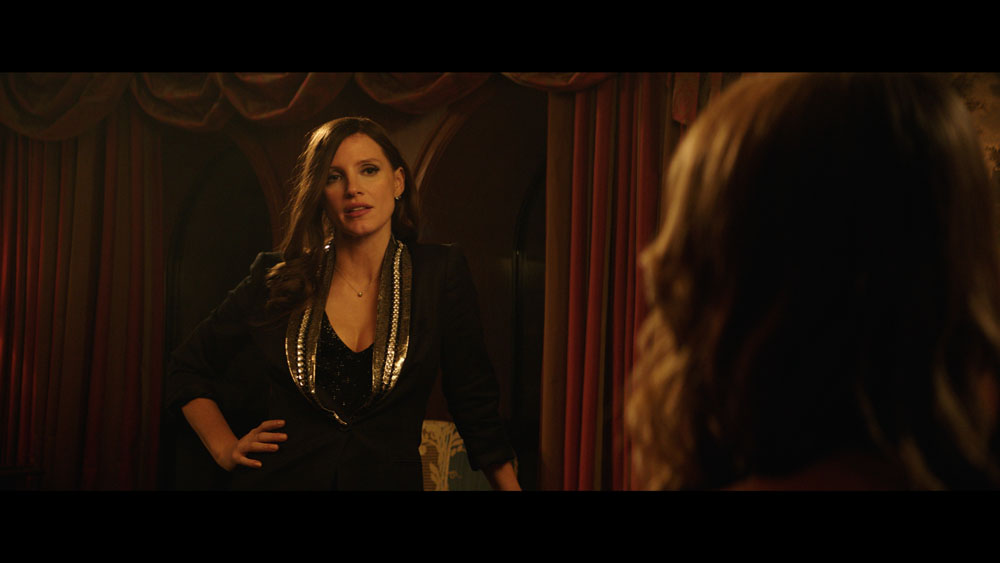
HULLFISH: Alan, you’ve worked before with multiple editors.
BAUMGARTEN: Yes, and they’ve all been good experiences. I edited both American Hustle and Joy with multiple editors. The same patterns emerged that we’re describing on Molly’s Game, where we’d split up sections, all collaborate on giving notes, but mostly stay within our own territory.
SCHAEFFER: More movies are leaning towards that. There’re more cameras. There’re more dailies. You really want to be able to be experimental as an editor to try things. But with this amount of footage, how much time do you have to just get the scene together as good as possible and actually re-cut the scene yourself and take some risks.
BAUMGARTEN: Right, do multiple versions, rework a scene until you’re happy – until everybody is happy – that really takes time and it’s worth exploring all the paths that you might want to explore. I think better results can come from that. And schedules often dictate the need for multiple editors.
HULLFISH: More and more it seems like editing has become kind of a team effort.
BAUMGARTEN: Yes, certainly it often is nowadays.
SCHAEFFER: I’ve had this multiple editor experience too. I was an additional editor on Kong: Skull Island. All those big movies go down that pipeline for different reasons because the VFX take so long and you really need people to own these sequences. This was a better version of that to me because we all worked well creatively together and we all pushed each other in a positive way yet we all had our own take on things. It all merged really well. I look at the movie and I think it’s the best of everything that we did.
HULLFISH: What was the length of your first cut?
SCHAEFFER: It was never overly long. It was around 2 hrs. 35minutes.
BAUMGARTEN: I think Josh and I were both very happy that we were able to work with Aaron on taking out certain things that we all felt should go because they weren’t necessary and the film played better without them.
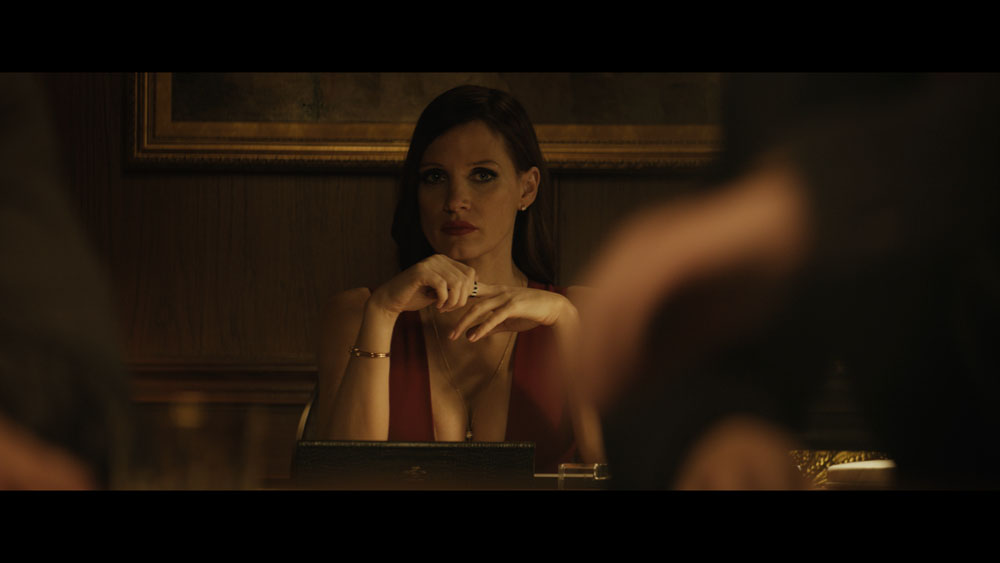
SCHAEFFER: There’s only one scene we cut out of the movie. It’s actually a partial scene that was dropped. This film was a little unusual in that it really doesn’t have a lot of completely lifted scenes. But Aaron would rather give up something wholesale – a larger chunk – than whittle away. He called it “death by a thousand cuts.” He didn’t want to take a half of a line or a word out here or there because that’s essentially re-writing it.
HULLFISH: I’m a little bit confused because if you only cut out one partial scene and he didn’t want death by a thousand cuts, how did you cut the time out?
SCHAEFFER: The time came from making things as tight as we could get them. And we did a lot with transitions. We changed the end of a lot of scenes. We shortened some things. His rhythm is a fast rhythm and in this film that comes from the voice over leading the way for pace in many areas. And we would also jump cut some things.
BAUMGARTEN: When Molly drives up to the Four Seasons hotel, for example, after the car approaches we don’t play it continuously in the one shot – we jump to her getting out of the car, jump again and she’s walking up to the manager. Editorially we looked to tighten things up in places where it felt right. We used the voiceover, as Josh said, and also the music to help us propel the pace.
HULLFISH: I’ve heard from many people that you will ruin your editing if you try to deliver on what you think the director is going to want instead of what YOU want, but in this case, it seems like you guys had pretty clear understanding of the pace and rhythms you were expected to deliver and you strived to deliver that as close as possible on the first cut.
BAUMGARTEN: You learn quite quickly because as you start to cut the scenes you find a way to make them sound right and feel right. You start to understand the patterns and the rhythms. But the film can’t be a non-stop bullet train. There are scenes where we slow down and there are moments when we wanted things to land in a more nuanced way. The audience should feel uncomfortable at times and understand things through silence or reactions and not just the dialog, so there are some quiet, slower moments as well.
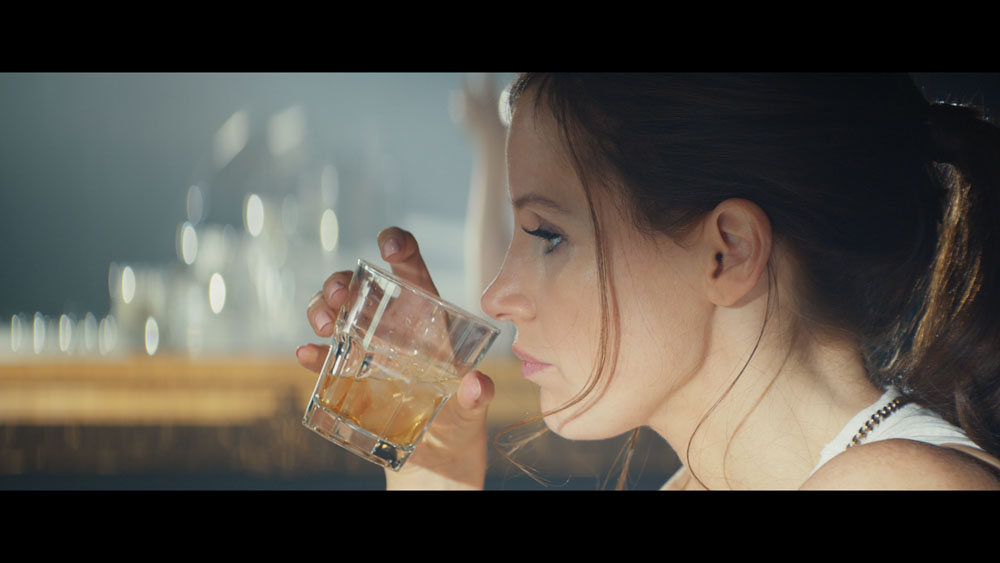
SCHAEFFER: It’s Molly’s story. She’s telling you… Aaron would joke that he wants it to feel like she’s giving a TED talk to the audience and you could really find naturally when it didn’t feel like the movie. One of the things I was really impressed with: we had a moment that just didn’t feel right where she was taking drugs in the movie and it was in a voiceover section. Aaron was very aware of perspective and point of view and he realized it didn’t feel right because she’s narrating her past and we’re giving her a private moment but she’s telling us the story so it’s false to have a private moment that we’re watching when she’s narrating. He was very smart about that.
That’s why, when you asked about how we knew the rhythm, the way the voice over was written for the movie, it made that pretty clear.
HULLFISH: Did it make a difference that you weren’t there for principal photography, and therefore you were able to edit scenes in order? Also, you had greater access to the director because he wasn’t directing on set.
BAUMGARTEN: Working in order is very different. It’s a luxury to be able to build the rhythm of a film in chronological order, you can really create a better flow that way. Aaron worked closely with us in editorial but he wasn’t there all the time. He didn’t want to sit over our shoulders. We had a lot of freedom to do our work and present it to him and review it with him.
SCHAEFFER: And I think this was where Elliot was really a good guide to the process because he had done Steve Jobs. There’s a DVD commentary that Elliot does with Aaron — just the two of them. It’s really a great commentary because Eliot and Aaron really talk about all the things they cut out of the movie on that. There’s a lot of things in that movie that were created in editorial, and I think that Elliot just had a great sense for Aaron’s sensibilities and we were able to benefit from that.
HULLFISH: What other advantages were there in starting to edit after the end of principal photography? Most editors don’t get to cut a movie in order.
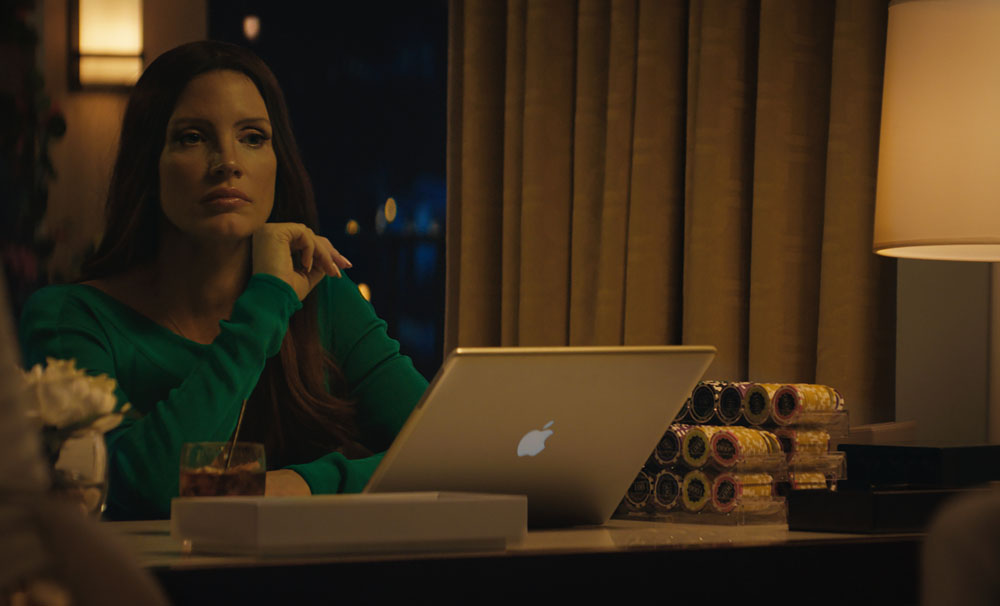
BAUMGARTEN: We had the advantage of cutting without a flood of footage coming in every day. That’s one of the things that is so challenging about working during production on an editor’s first cut. You feel the time ticking away. It’s so hard to put the time that you need into a scene because more footage is coming in all the time. So in that sense, we were in a calm place where the footage was all in the Avid and we were able to work methodically through scene by scene.
HULLFISH: Let’s talk about music.
BAUMGARTEN: Daniel Pemberton did the music – he also composed Steve Jobs – and he composed a great score for our film. We worked first with the music editor that Elliot brought on, Carlton Kaller. He’s someone that both Elliot and I had worked with before and he’s a fantastic music editor. Carl started getting tracks from Daniel early on, things that Daniel had written even before he’d seen picture.
SCHAEFFER: We had Carl build us things that we could use and we were always able to keep the tone of the music in Daniel’s wheelhouse. For Aaron, finding a theme was key and he worked with Daniel quite a bit on that before we sent along other scenes.
BAUMGARTEN: Daniel came up with an early version of the theme at the end of the arraignment when Charlie agrees to take on Molly as a client. It’s a beautiful, emotional cue and that kind of cracked it open. From there Daniel developed the full theme for the end of the film and then kind of worked backward from that. A lot of his more percussive, driving tracks really suited the poker games and the montages and they’re some of my favorites.
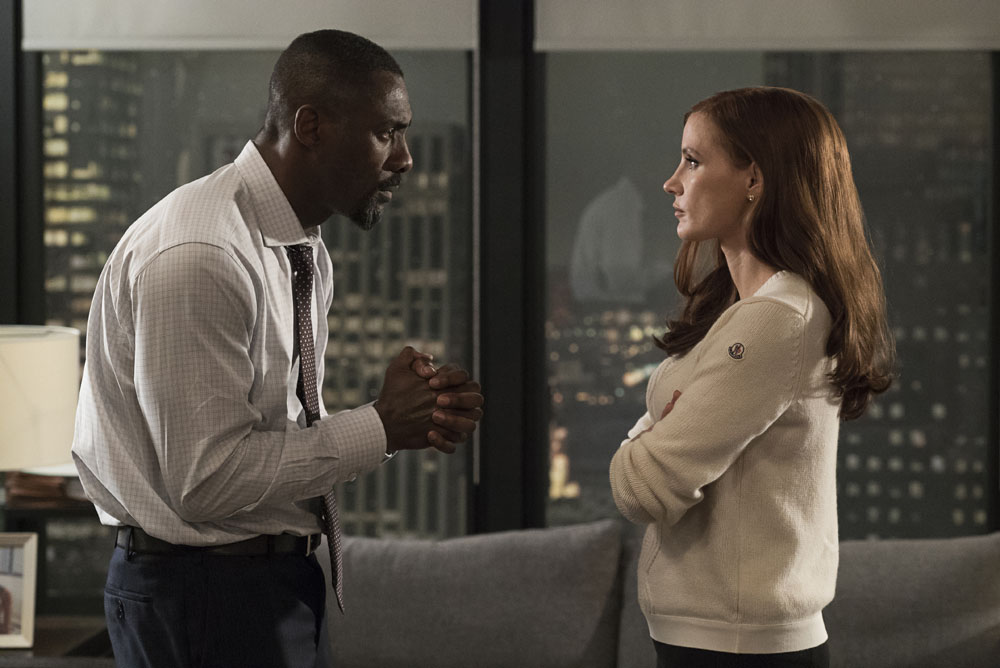
HULLFISH: Is there anything about the sense of stewardship of the story when you’re dealing with a real-life person and her portrayal?
BAUMGARTEN: I think you feel a responsibility to do justice to the person’s life but also
a greater responsibility to tell a good story. Even though it may seem like it’s a known story, it can’t ever be predictable. You have to be free to tell the story in an interpretive way to make it really good.
SCHAEFFER: It’s an interesting question, but it’s really a question for Aaron because he is really the artist that has found a way to make biopics differently than anybody else. I think there are real similarities between what he did with Steve Jobs and his other movies in the sense that I think he found the heart of Molly’s character and the truth that motivated her. What was inspiring about her and I think he kept his story to the facts but it also felt like he was willing to create situations to show those characterizations as opposed to feeling like everything had to be a moment that happened in real life. You don’t want a resume of their life events. You want to be able to meet the real person like Molly in person. I got to experience Molly in person with Jessica at the Toronto Film Festival and so many things make sense. It’s just obvious when you see them together that the portrayal wasn’t about mimicking, but it was about spirit.
HULLFISH: Tell me about the use of stock footage in this. You used it creatively throughout the film.
SCHAEFFER: We had to try to create the world that she was going in. There are a lot of famous people who played in these poker games that Aaron didn’t want to mention by name. But you still have to create the culture of the world that you’re playing in. And so stock became a shortcut to show the glamor and to create the world that she was in, and I think stock was used in that way both to pull out the voiceover and make it visual and to add some kind of depth to the kind of world that she’s walking into. And that’s what we used stock for.
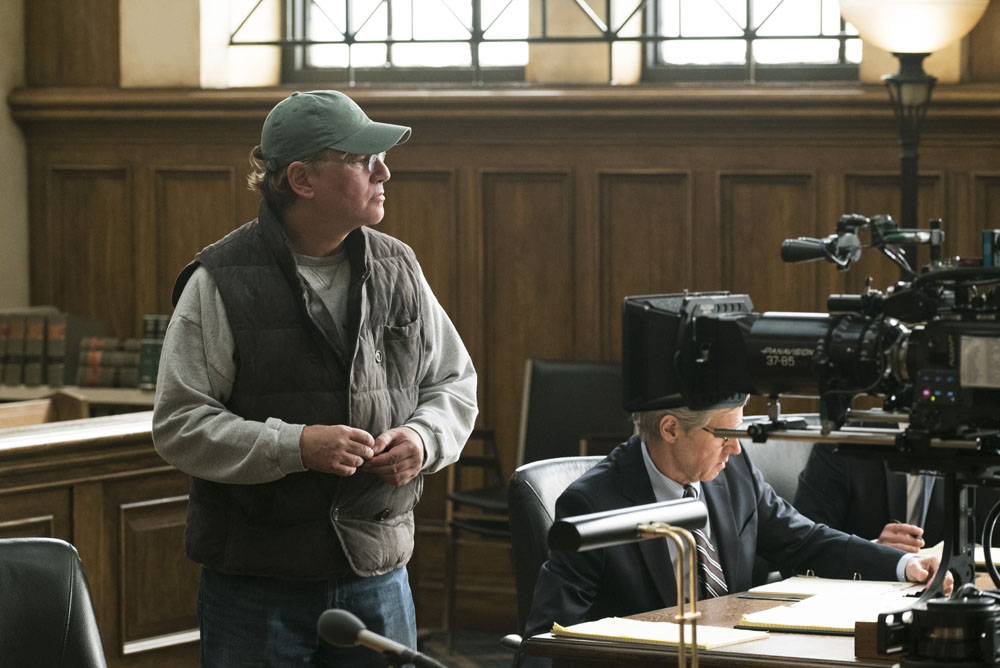
HULLFISH: My question about the stock is what was it about the stock that they didn’t just want to shoot themselves or was it too expensive or was it period stock?
SCHAEFFER: Well for the first section it’s a lot of sports stuff. Molly poses a question to the audience at the beginning and we needed to illustrate it with footage of, like, losing
in Game 7 of the World Series or Brazil losing to Argentina in soccer and so we show clips of that. That was a whole other journey of clearing clips from the NBA and MLB.
BAUMGARTEN: There was a long road to travel on what worked for us creatively and what we could get approved both legally and financially. Aaron completely embraced the use of stock footage and, for the first half of the movie certainly, there’s quite a bit of it.
SCHAEFFER: The voiceover becomes more present day as the movie goes on. So some of that need goes away as the movie goes on because you want to be in the moment.
HULLFISH: With the stock footage, it’s making me think of The Big Short.
BAUMGARTEN: That movie was something we talked about and re-watched ourselves along with a few other films, like Goodfellas, The Wolf of Wall Street, The Departed…
SCHAEFFER: It was a conversation of what movies have used devices — and not just stock — we had a lot of VFX there’s a lot of graphics in the movie too card game graphics there’s some money graphics to really exemplify like tax returns and how much she was making. It was always a question of: how do we take this out of voice-over narration and let the audience see it visually?
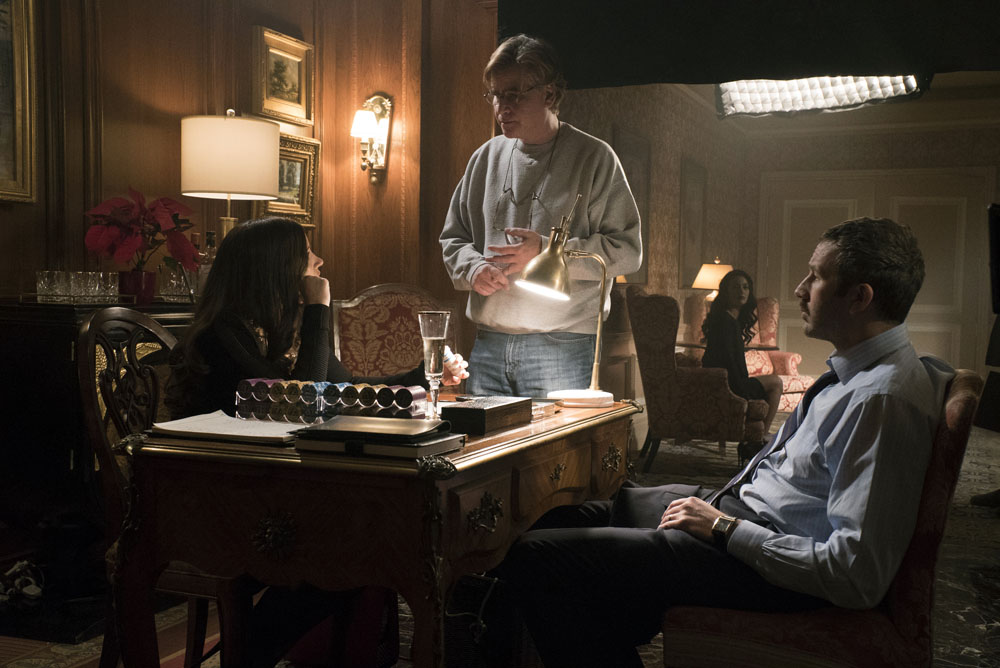
HULLFISH: Was there a central theme or an overall takeaway that the audience was supposed to get that you guys were always kind of aiming for in any given scene or setting up?
SCHAEFFER: Aaron does that very clearly with a lot of focus. I think Aaron thought that she was an inspiring woman and I think it was to try and create her character and what made her a unique heroine in this world. It was always about Molly and her having principles. I think that’s something Aaron deals with quite a bit in his characters: honesty, self-respect, decency and having principles.
HULLFISH: This is not a story that I’d ever heard before I started getting ready to interview you guys.
BAUMGARTEN: I didn’t know this story either before working on it and I have to say that the script really pulled me in completely. It was such an interesting female character and it felt like a character that I had never seen before.
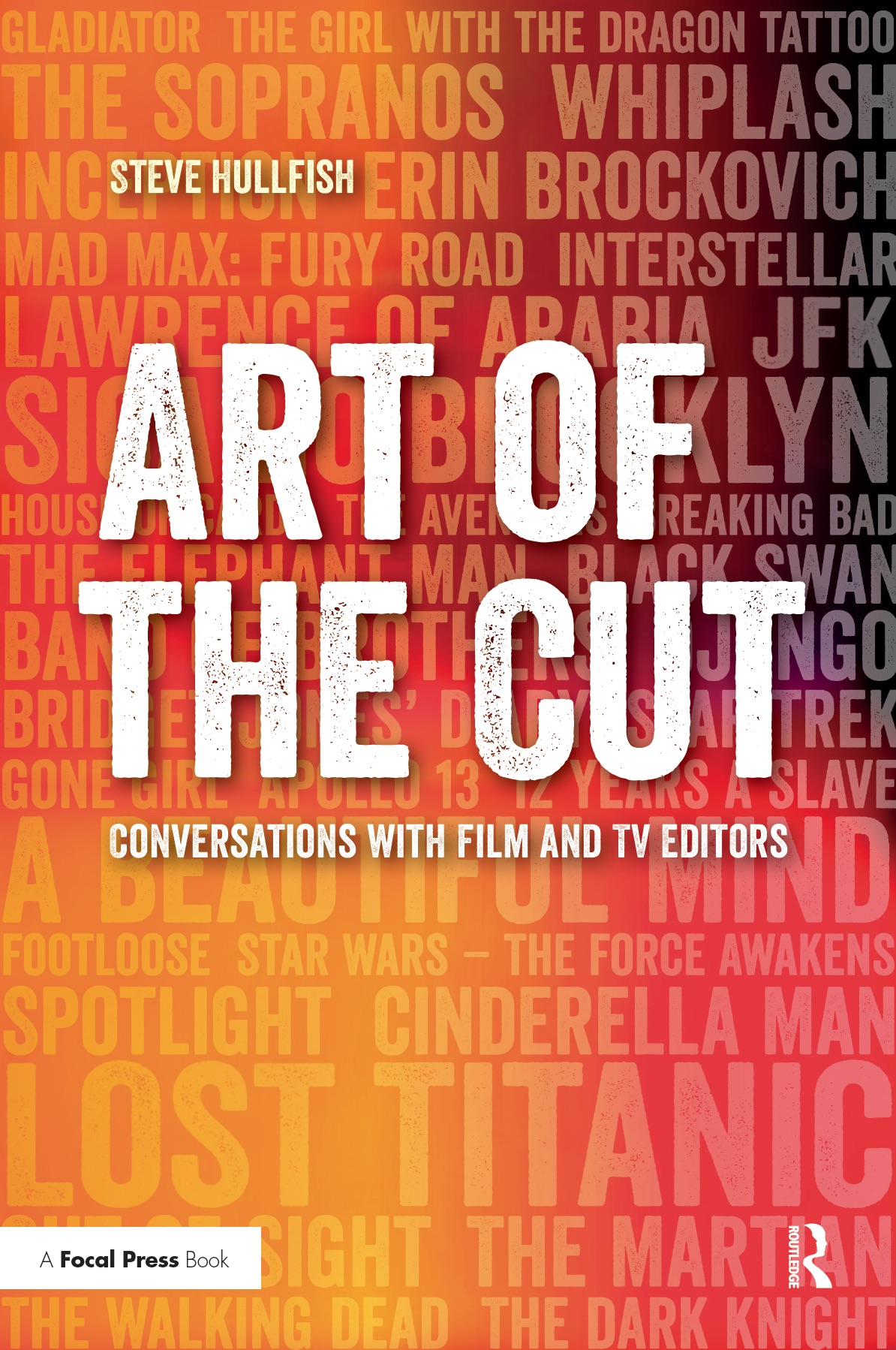 To read more interviews in the Art of the Cut series, check out THIS LINK and follow me on Twitter @stevehullfish
To read more interviews in the Art of the Cut series, check out THIS LINK and follow me on Twitter @stevehullfish
The first 50 interviews in the series provided the material for the book, “Art of the Cut: Conversations with Film and TV Editors.” This is a unique book that breaks down interviews with many of the world’s best editors and organizes it into a virtual roundtable discussion centering on the topics editors care about. It is a powerful tool for experienced and aspiring editors alike. Cinemontage and CinemaEditor magazine both gave it rave reviews. No other book provides the breadth of opinion and experience. Combined, the editors featured in the book have edited for over 1,000 years on many of the most iconic, critically acclaimed and biggest box office hits in the history of cinema.

Filmtools
Filmmakers go-to destination for pre-production, production & post production equipment!
Shop Now